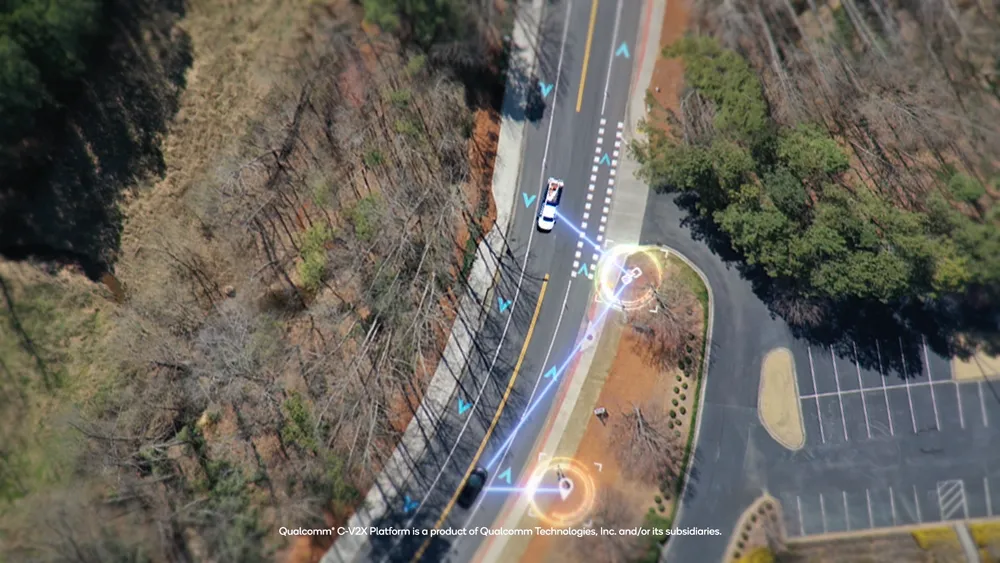
Dhyan Networks and Technologies has confirmed the Maine city of Portland is using its StreetMan central management system to manage smart streetlights.
Jon Jennings, Portland city manager, says: "Dhyan successfully migrated LumInsight, our Echelon Cloud CMS, to their StreetMan CMS without any data loss or disruption. They were able to accomplish this fully remotely, from thousands of miles away, without a single onsite visit. This partnership helps us further achieve our sustainability goals while also reducing costs and achieving efficiencies. Our team members can now diagnose problems from their desktops and can share that information with our technicians so they are fully prepared to make the necessary repairs in the field."
Dhyan says StreetMan's advanced features have allowed the city to optimise the distribution of controllers between gateways resulting in a more reliable radio frequency network and the ability to isolate faulty controllers from those with communication issues.
According to Dhyan, StreetMan lets cities and municipalities manage, monitor, and control a variety of smart street assets such as streetlights, cameras, access points, charging stations, billboards, and Internet of Things (IoT) sensors.
Prakash Ramadass, Dhyan's vice president smart cities, says: "Streetlights are one of the largest expenses for any city. Converting streetlights from older technology to LED can save a good deal of money, but by adding smart controllers and a sophisticated central management system such as StreetMan, the savings can be increased even further by giving the city the ability to dim the streetlights on demand and by enabling them to do proactive maintenance."










